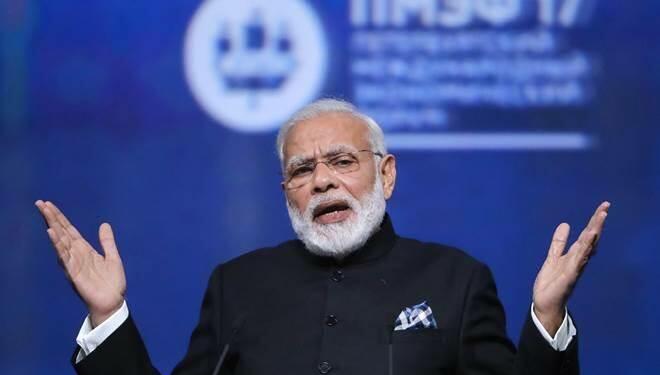The Indian government’s push to ensure a supply-side recovery rather than a demand-focused reinflation of the market is a result of a longer-term strategic outlook. As proof of the pudding, Principal Economic Advisor to the Ministry of Finance Sanjeev Sanyal cites the massive debt incurred by western economies who have fallen into the trap of shorter-term demand-side boosts through stimulus package rollouts. Not only has it not eased the economic slowdown, but hyperinflation is a present problem rather than a future nightmare. With US President Joe Biden further raising the debt ceiling, debt repayment in the recent future seems highly unlikely, whereas any accompanying economic recovery through increased liquidity in the market is invisible enough to be considered negligible.
In such a scenario, economies that have gritted their teeth and held their ground in the face of bad financial advice from well-meaning experts over the last two years have shown a much quicker recovery. This unfolding reality has not dissuaded some to continue to insist on demand-side stimulation; the Bengal FM has written to Finance Minister N. Sitharaman to consider stimulus packages. As the Indian state has proven over decades, such packages not only do little to boost markets, but have the potential to be misspent unless delivered directly to the individuals it is supposed to entice into spending.
The Indian state has continued to invest in necessary demand-side enablers through capital expenditure and continued welfare programs, but more as a safety measure than a primary strategy, while rolling out rapid investments in energy, infrastructure, vaccination programs and deregulation measures to ensure supply-side economic growth. Of course with land and labour reforms being out of the picture for the time being due to a hijack of economics by political interests, the pace of market growth will remain dampened and in part consumer-led. Nonetheless, market recovery has been hearteningly steady.
Moreover, the focused and continued investment in production capacity and the push to ensure that the private sector is a participant in capacity building ensures a cushion against a purely consumer-led market economy. Although current growth numbers make one optimistic and urban per capita expenditure is higher than experts predicted a year ago, consumer-led markets are a highly volatile bet. To simplify, consumer-led market growth is a necessity and a great indicator in social indices; however, it is unstable and unsustainable, and highly subject to sentiment and exogenous macro factors. It is something that no nation-state can afford as a standalone substitute to supply-side strengthening, and in this case, China provides a stellar example.
As Niranjan Rajadhyaksha suggested all the way in 2012, India cannot create enough jobs without faster economic growth, much of which will continue to stagnate without drastic reforms. With the current dispensation being more entrepreneur-friendly, it remains to be seen if the Prime Minister’s vision of efficient manufacturing becomes a reality. A slow process, somewhat hampered by optimism and over-dependency on the offshore services value chain creation over the decades, the Indian economy’s focus on supply-side growth is nonetheless a continued, albeit frustratingly sluggish success in terms of strategy.































